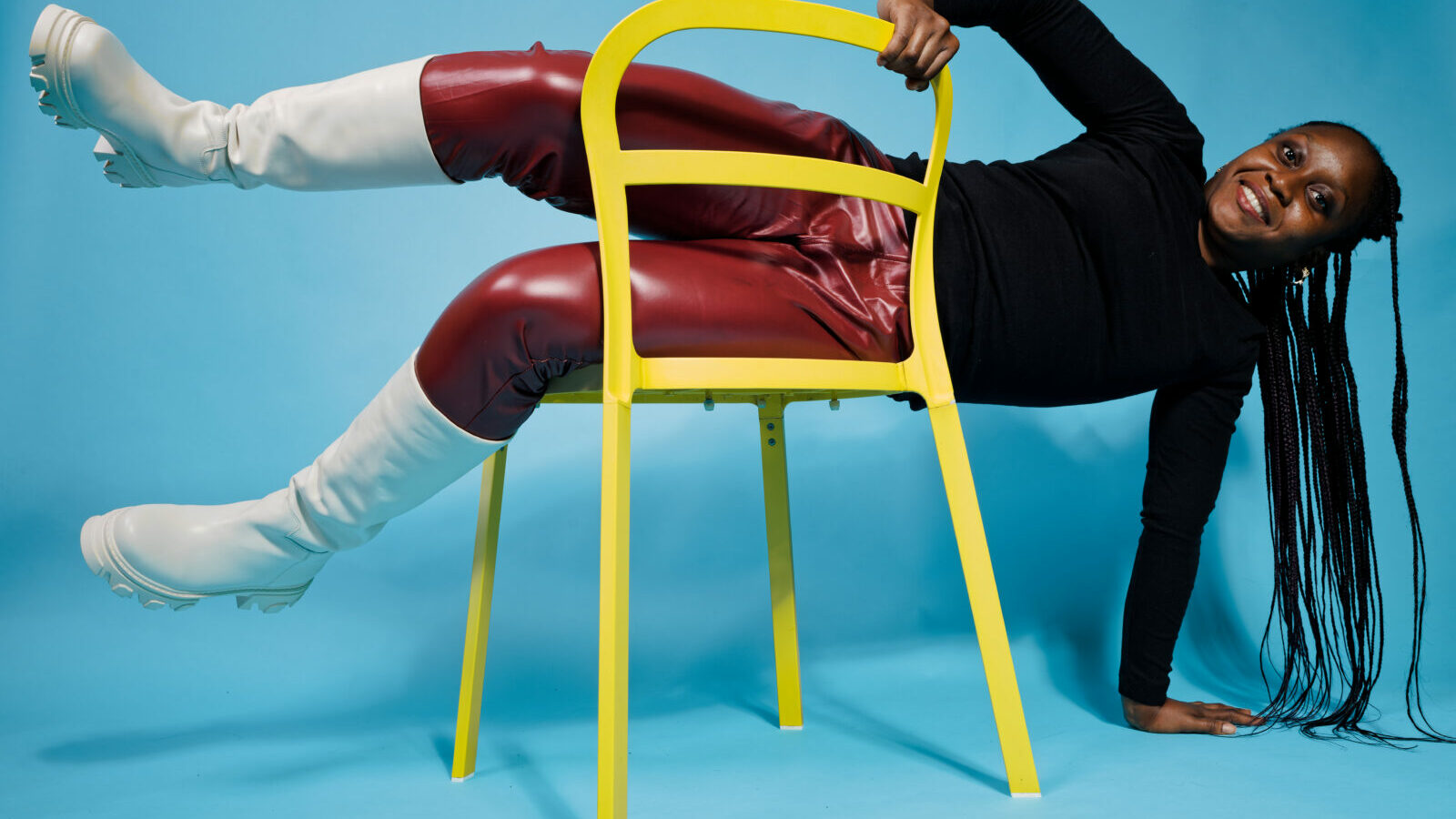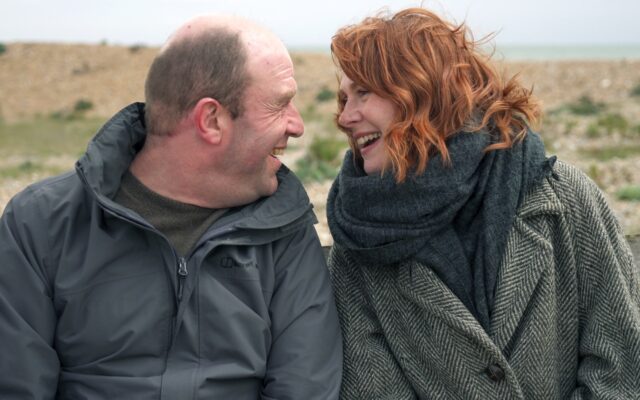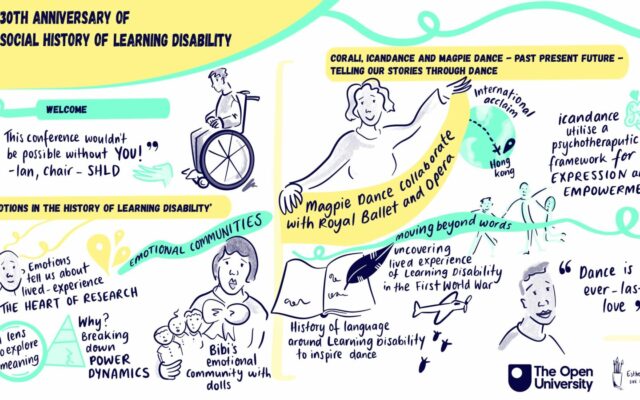What is the sound of a nightmare and what is the sound of a dream?
This was the question posed by London’s Corali Dance Company (of which I am outgoing chair) as it premiered its intriguing new performance, Phantasia, at The Place.
Phantasia consists of two dance pieces, each imagining a future world.
The first, Daisies, was a dreamy reverie which explored an idyllic, pastoral, back-to-nature vision of the future, a pleasant dream world where the peace is disturbed only by insect and bird sounds.
The second piece, Mannequins, was an altogether more disturbing imagining, a dark post-industrial world, where non-specific, mannequin-like figures, somewhere between human and robot, respond to the unsettling noises of the world they inhabit.
Corali describes itself as a leader in dance created by people with a learning disability, and Phantasia was suffused with two of its trademark approaches: a lead role for dancers in developing choreography and story lines; and collaborations with artists from both within and outside the dance world.
Jackie Ryan, a long-standing Corali performer, led the development of Mannequins. Speaking before the performance, she told me of her lifelong fascination with mannequins, often stopping to contemplate them in shop windows, intrigued by how they were dressed and positioned.
She feels that making these human-like figures come alive through dance carries important messages: “How mannequins can come alive is good for dancers with learning disabilities to try as something new and not worry about looking different.”
It’s a reminder, she adds that, as humans, however we may appear, we are all the same.
Multisensory vision to life
Phantasia is the Greek word for imagination, and collaborations with various artists allowed the production to bring deep imaginings to life on stage.
Visual artist Mark Beldan collaborated with the dancers on creating the set for Daisies. Musician Matt Webb, costume maker Jacob Elliott Roberts and photographer Jon C Archdeacon all worked with the dancers to create a multisensory vision of these new and fascinating worlds.
How mannequins can come alive is good for dancers with learning disabilities to try as something new and not worry about looking different
How dance relates to sound and sound relates to dance were explored. The mannequins came onto stage dragging chairs, but the discordant sound of chairs being dragged was made by balloons being rubbed. Bee noises were created by contraptions made of cardboard, pencils and rubbers being swung in the air on pieces of string.
It all added to the eerie strangeness of these dream worlds. It sounded familiar, we thought we knew what we were seeing and hearing – but then again it wasn’t all quite what we thought it was.
While the Daisies set was an explosion of colour, Mannequins took place against a desolate minimalist backdrop dominated by shadow and light, The same dancers performed in each piece, which made Phantasia a real test of their ability to bring starkly different forms of dance and performance to the stage in one night.
Two well-known non-disabled dancers, Patricia Langa and Sean Alexander Murray, performed with the Corali dancers, another facet of the dense web of collaborations that ran through this production.
The curtain-raiser for the evening was a performance of a work in progress by Kick Up, Corali’s dynamic youth dancers.
Sarah Archdeacon, Corali’s artistic director, told me this was an important event for Corali and for dancers with learning disabilities generally, as it was “our own evening, at an iconic, prestigious dance venue”.
It represented a culmination of years of collaboration and artistic development, with growing awareness of and respect for what these dancers bring to the stage.
It is planned that Phantasia will move to other venues.





